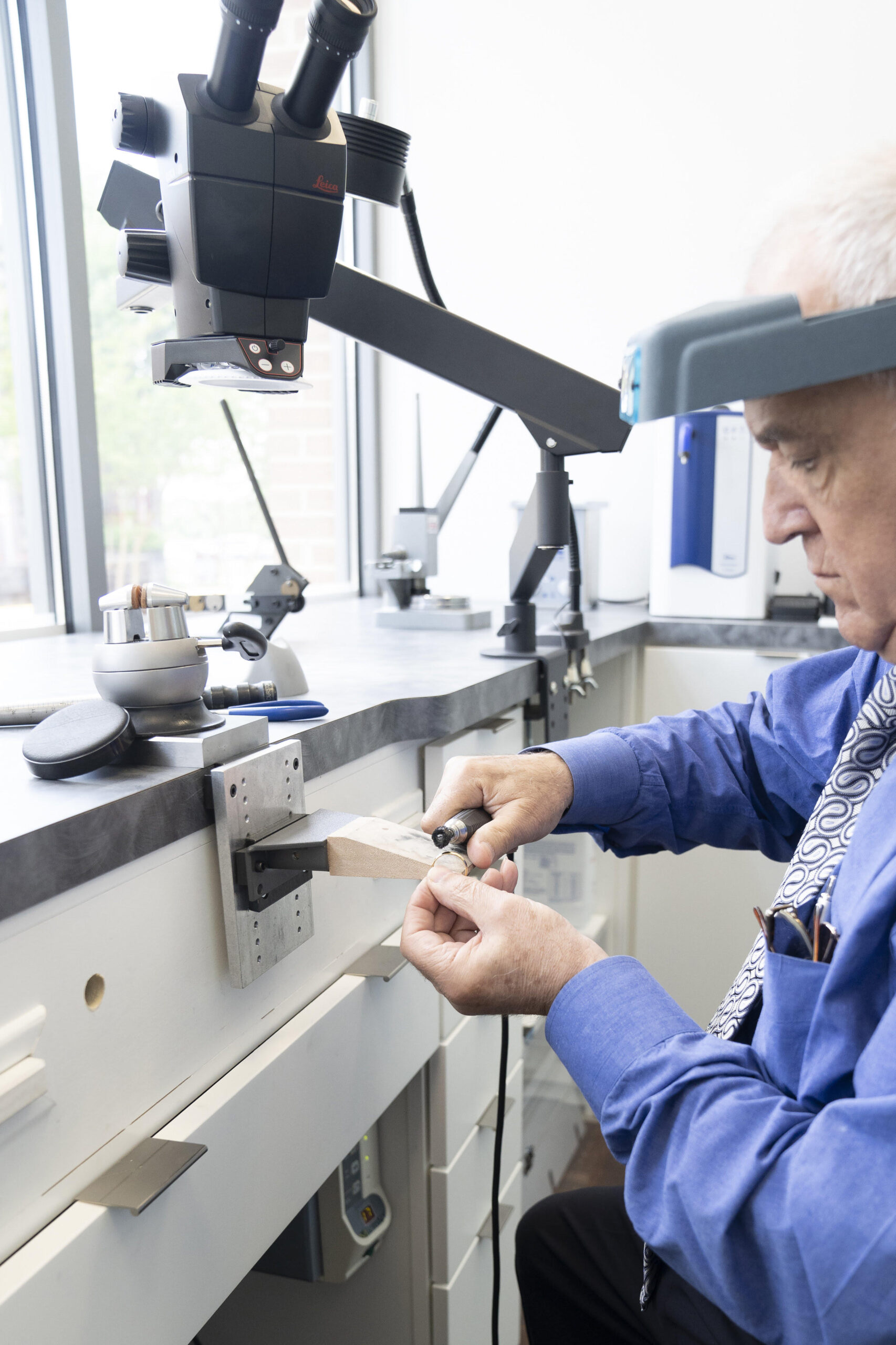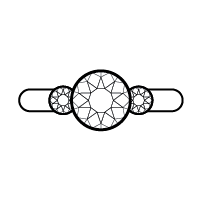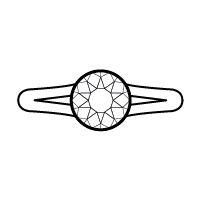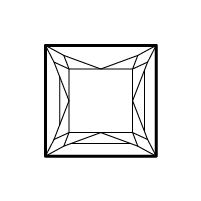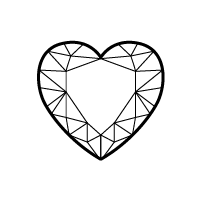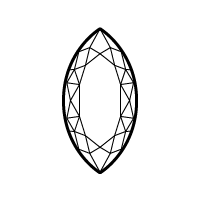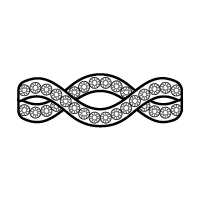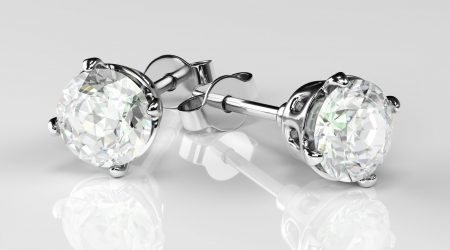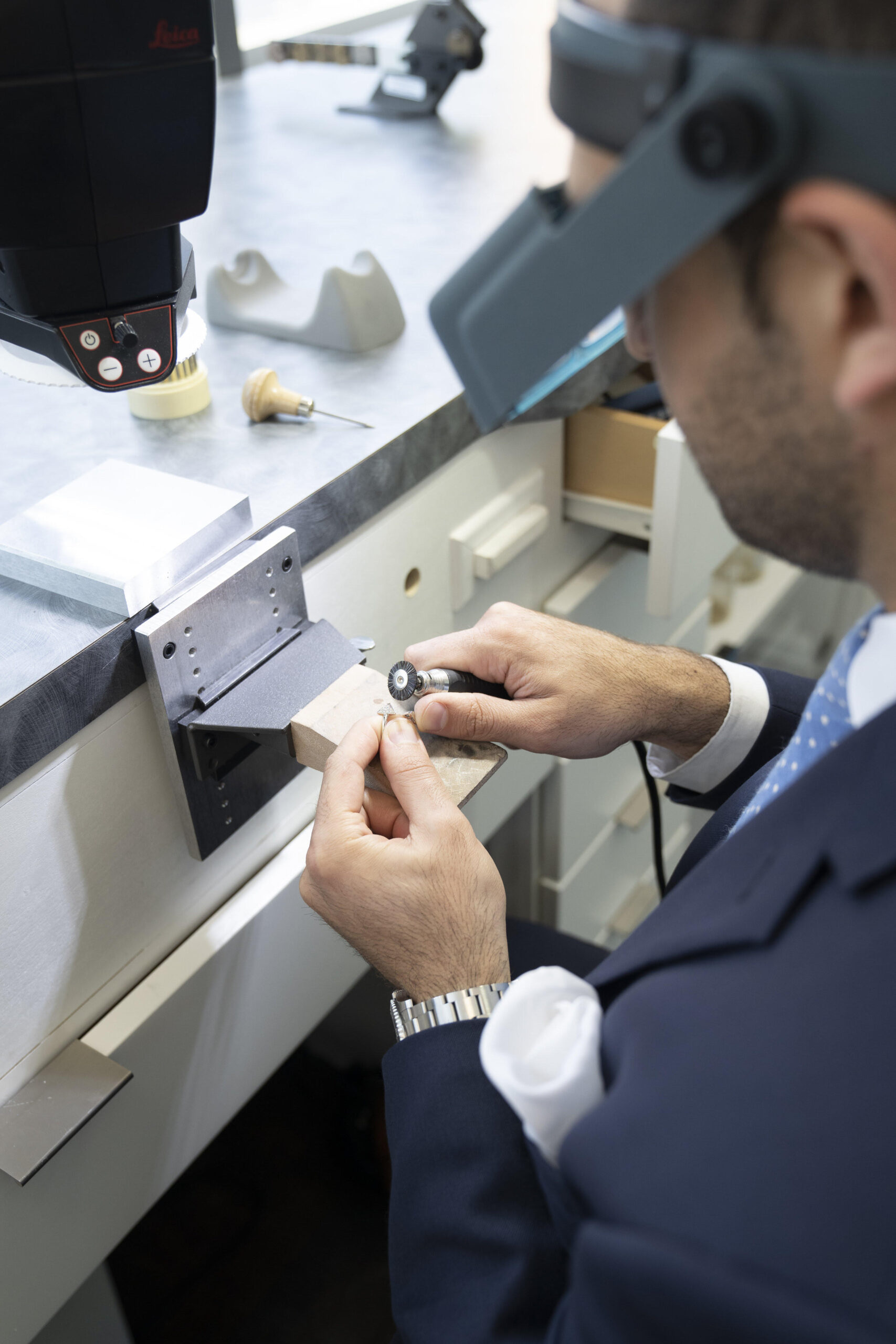Engagement rings are treasured for many reasons, which makes many of us concerned about losing a diamond or damaging the stone’s setting. But how can you tell if a diamond is loose? Or if any precious gemstones or smaller diamonds have damaged settings?
As with most jewelry care, prevention is always better than cure, so checking your engagement ring for any signs of loose diamonds and stones is good practice, helping to avoid any expensive losses. It will also ensure your precious jewelry remains looking good as new.
Here are our top 3 ways to inspect your diamond setting and ensure your stone is secure.

Minimize the Risk of Losing a Diamond
To minimize the risk of losing a diamond from your ring, it is essential to have it periodically checked over by your jeweler, even before it shows signs of movement or damage. A professional jeweler will be able to check all prongs and stones to ensure that the diamond is fixed securely and there is no damage to your ring’s settings.
It’s also good practice to routinely check your engagement ring yourself. If you knock your ring hard on something, check the stones immediately in case this has caused immediate damage to the setting or prongs.
Finally, consider how much regular wear and tear your ring may be subjected to. Diamond engagement rings, even antique ones, are built to last but can be easily damaged by repeated knocks. Small prongs and settings can be impaired if caught on sharp items or exposed to pressure or heavy bumps. If you regularly wear your ring during exercise or while using machinery or gardening, you should inspect your ring’s gemstones more frequently for damage.

Prevent Stones Coming Loose
One symptom of loose stones comes from pushing and pulling jewelry off the hand, often when the ring is tight fitting. Usually, in this case, the wearer may grab the stone or the shank and try to wiggle the ring off the finger by pulling directly on the diamond, which over time, causes the prongs to weaken and the stone to become loose.
Instead of grabbing the shank and diamond to move the ring up and down your finger, place a thumb and index finger on the sides of the ring and gently rotate the band so no force is transferred to the diamond.
How Can You Tell if Your Diamond is Loose?
1. Check for Movement
The first step to check for a loose stone is to inspect it for a small amount of movement. Press lightly on the top of your diamond and gently wiggle it side to side to see if you can feel any small amount of motion from the diamond within the setting. If your stone is in a classic setting with either four or six prongs, take either your finger or a small pin and move the stone gently back and forth and up and down. Your stone will probably be secure if you cannot move the diamond. If your stone is bezel set (within a solid case or flush to the ring band), you will not have clear access to the girdle of the diamond. Therefore, the best way to measure for movement should be by testing by pressing gently on the edges of the diamond with a pin. It’s essential to be as gentle as possible with this technique to avoid making the diamond looser in the bezel setting, as too much force can have an adverse effect. If your diamond moves slightly side to side or rotates, it is most likely loose. If you can feel the stone moving in the setting, you should take it to a jeweler immediately for closer inspection and repair.

2. Check for Sounds
Sometimes a loosened gemstone can be picked up by listening for movement rather than touch. If your diamond is loose, it will likely create a sound when it moves because it is not secure in the setting. Listen for any rattling sounds when you gently tap the diamond. Another easy test is to hold the ring up to your ear by the shank and listen for any small knocking or clicking sounds. Any evidence of small noises when moving or tapping the ring can be a sign of a loosened gemstone and should be checked by a jeweler for repair.

3. Check the Setting and Prongs
The setting is part of a ring that holds the diamond in place. Inspect the diamond setting and see if it is secure. Notice any unusual sounds or discover the diamond is moving slightly within the setting? It could indicate that your diamond has come away from its secure casing. The prongs are the small metal pieces that hold the diamond in place. Inspect the prongs closely and see if any are bent, broken, or damaged. If you notice any issues with the prongs, it could be a sign that your diamond is loose or at risk of falling out.

Inspecting the Side Stones and Small Gemstones
It’s essential to have a gentler touch with smaller stones than a large diamond. Due to lesser surface area and more delicate settings, smaller gemstones can be more susceptible to coming loose. Rather than using your finger to test for movement, carefully test small stones with a pin.

What to do if Your Engagement Ring Diamond Has Come Loose
Checking your engagement ring for loose diamonds and settings is necessary for jewelry maintenance. If you discover that a diamond has come unset in your engagement ring, it’s essential to take it to a jeweler as soon as possible for repair. Often, diamonds become loose through general wear and tear on a ring, so it’s essential to have your jewelry inspected by a professional jeweler. If you think a gemstone may have become loose in your ring, or if you would like to have your diamond engagement ring checked as a preventative measure or as routine maintenance, speak with us today. Our team of professionally GIA-certified jewelers will be able to advise and assist in jewelry maintenance and repair. Contact us today.
